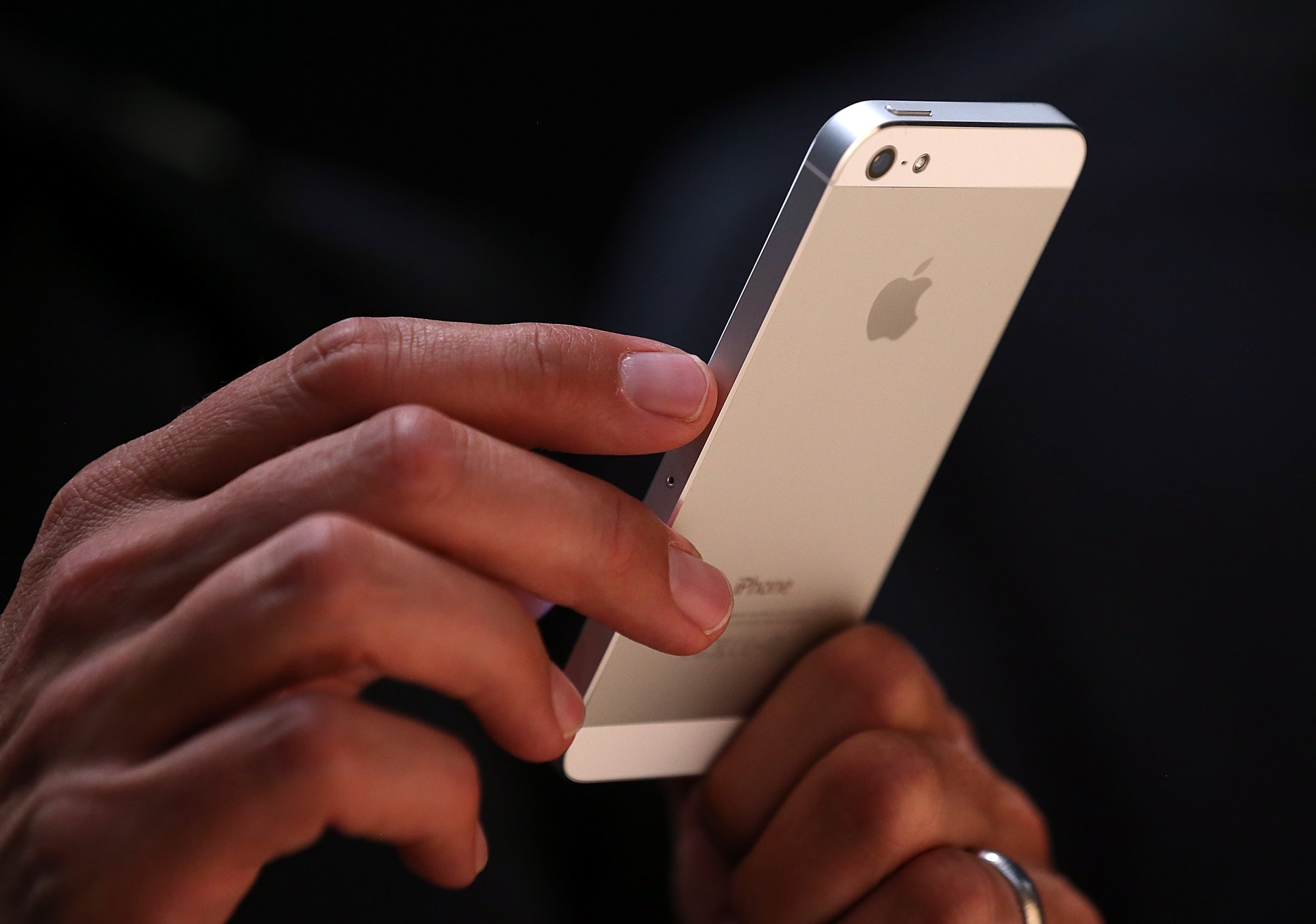

This post is in partnership with Fortune, which offers the latest business and finance news. Read the article below originally published at Fortune.com.
With over 15 years of hit products under Apple’s belt, it’s a bold statement indeed when one of it executives promises “the best product pipeline” is still to come. But that’s exactly what Apple Senior Vice President Eddy Cue did on Wednesday at the Code Conference in Ranchos Palos Verdes, Calif. “We want to do a few really incredible things,” he said. “I believe certain products we’ve got coming are great.”
We’re not product maestros, but there are a few things Apple could do to make the rest of 2014 a stellar year.
Bring iBeacon into the home in a big way.
One of the biggest futuristic tech trends industry insiders salivate over is the so-called “Internet of Things,” in particular, home devices — TVs, thermostats, and even refrigerators — connected online to make them easier to manage. Last year, Apple introduced a technology called iBeacon that lets iPhones and iPads communicate with other devices via Bluetooth. The technology is still in its early stages. But it may be possible to use your iPhone to control all sorts of home electronics and appliances. One possible scenario? When approaching a TV, your iPhone automatically turns into a remote control that can turn the screen on and bring up show listings.
Release a huge Apple TV software update.
Many people are waiting impatiently for an Apple television set. But they’ll probably wait a while longer judging from comments by Cue that Apple is working on ways to fix the TV experience – but that the fix is “complicated.” Until that day comes, Ross Rubin, principal analyst at Reticle Research, suggests that Apple reinvent the way people use the current Apple TV, which requires users to open up different apps like Netflix or HBO and dive through their menus to find the shows they want. Instead, Rubin suggests a more unified experience that lets users search, view and play media from one set of menus.
More biometrics.
The iPhone 5s, with its Touch ID feature, remains the first and only Apple device that integrates fingerprint technology directly into the device. Expect Touch ID to find its way into the iPad, but imagine touch recognition applied across Apple’s entire hardware ecosystem including computers.
Thinner, faster, more efficient devices across the board.
Perhaps this is the e biggest no-brainer of them all. But if Apple is guilty of anything, it is in falling behind rivals in areas like screen size. Like it or not, smartphone screens are getting bigger – some easily push 5-inches – while the iPhone 5 and 5s remain at a comparably small 4-inches. Also, the well-received MacBook Air hasn’t been redesigned in years – and even the most sympathetic of gadget critics will admit the thin-and-light notebook line could use sharper screens. While such tweaks may not be what most people thought of when Cue made his bold statement, Rubin raises a fair point given ever-improving computer technology. “Over time, products are going to be better than they have been in the past. That could lead many companies to say that they have the strongest products in the pipeline than they’ve ever had.” Even, of course, if those companies aren’t truly innovating.
More Must-Reads from TIME
- Cybersecurity Experts Are Sounding the Alarm on DOGE
- Meet the 2025 Women of the Year
- The Harsh Truth About Disability Inclusion
- Why Do More Young Adults Have Cancer?
- Colman Domingo Leads With Radical Love
- How to Get Better at Doing Things Alone
- Michelle Zauner Stares Down the Darkness
Contact us at letters@time.com